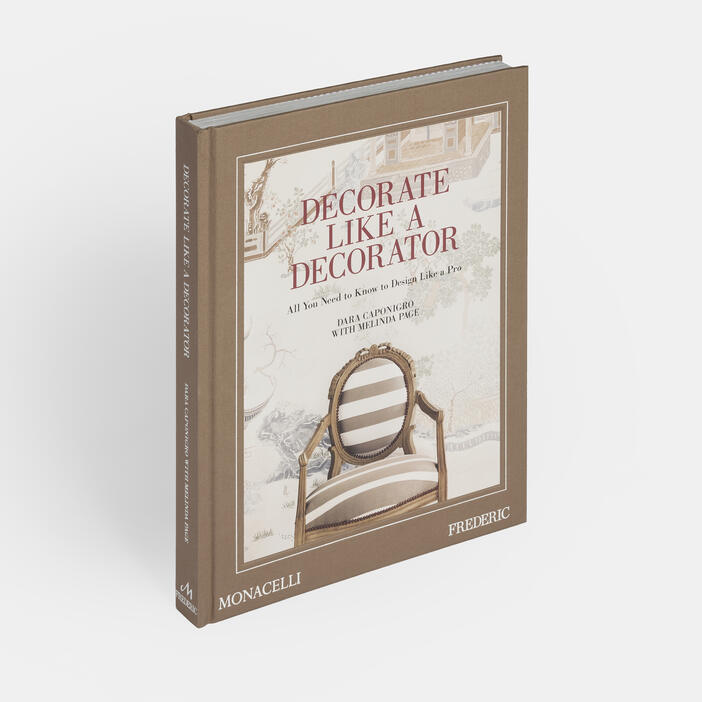Welcome to your ultimate guide for decorating like a professional! Whether you’re looking to refresh your home, create a cozy atmosphere, or completely redesign your space, this article will equip you with the knowledge and techniques to achieve a decorator-worthy style.
Understanding the Basics of Decoration
Before we dive into advanced techniques, it’s essential to understand the foundation of good decoration. Professional decorators analyze color, space, and texture, applying these principles to create harmonious environments.
Key Principles Every Decorator Follows
1. Balance
Balance refers to the distribution of visual weight in a room. There are three types of balance: symmetrical, asymmetrical, and radial.
Types of Balance
- Symmetrical: Achieved by mirroring elements on either side of a central point.
- Asymmetrical: Informal balance where different elements have equal visual weight.
- Radial: Elements radiate from a central point, creating a circular pattern.
2. Color Theory
Understanding color theory is crucial. Colors evoke emotions, set the mood, and define spaces.
Color Schemes
| Color Scheme | Description | Example |
|---|---|---|
| Monochromatic | Variations of a single color | Light blue, blue, dark blue |
| Analogous | Colors next to each other on the color wheel | Blue, turquoise, green |
| Complementary | Colors opposite each other on the color wheel | Blue and orange |
3. Scale and Proportion
Scale refers to the size of objects in relation to each other, while proportion is about the size of objects in relation to the space.
4. Texture
Texture adds depth and interest. Mixing different textures (smooth, rough, soft, hard) creates a more engaging environment.

Personal Experience: My Journey to Becoming a Decorator
After years of experimenting with my own space and helping friends with theirs, I discovered the joy of transforming interiors. One of my favorite projects was redesigning my living room, where I applied the principles mentioned above. It wasn’t just about aesthetics; it was about creating a space that was inviting and functional.
Essential Tools for Decorating Like a Pro
1. Color Swatches
Always carry color swatches to see how colors look in different lighting.
2. Measuring Tape
Measurement is key. Knowing your space helps create balance and scale.

3. Mood Boards
Create digital or physical mood boards to visualize your design.
4. Paint Samples
Test paint samples on walls to see how they look at different times of the day.

5. Design Software
Tools like SketchUp or Canva can help you visualize layouts and designs.
Step-by-Step: How to Decorate Like a Decorator
Step 1: Define Your Style
Are you drawn to modern, rustic, or eclectic styles? Identify your preference to guide your decisions.

Step 2: Plan Your Space
Use a floor plan to arrange furniture and define areas within the space.
Step 3: Choose a Color Palette
Select a color scheme that resonates with you and fits your style.

Step 4: Select Key Furniture
Invest in a few key pieces that anchor the room. Quality over quantity is essential.
Step 5: Accessorize
Add personal touches with accessories, artwork, and plants to create a warm atmosphere.

Tips for Specific Rooms
Living Room
Focus on comfort and style. Layered lighting, a focal point (like a fireplace), and inviting furniture are key elements.
Bedroom
Soft colors, cozy textiles, and functional layouts promote relaxation. Invest in quality bedding and curtains.
Kitchen
Functionality is crucial. Bright colors and clever storage solutions can make your kitchen stylish and practical.
Bathroom
Incorporate calming colors and textures. Add personal touches, like unique wall art or decorative items.
Pros and Cons of DIY Decorating
Pros
- Cost-effective
- Personal satisfaction
- Creative freedom
Cons
- Time-consuming
- May require trial and error
- Some techniques may require skills you don’t have
Frequently Asked Questions (FAQs)
How can I find my decorating style?
Consider what colors, patterns, and furniture you’ve gravitated towards in the past. Look for inspiration on platforms like Pinterest or Instagram.
What is the best way to start a decorating project?
Begin by defining your budget, setting a timeline, and planning your space. Research and gather inspiration to guide your choices.
How often should I update my home decor?
Updating decor every 3-5 years is a good rule of thumb, but you can refresh smaller elements like cushions or artwork more frequently for a new look without a complete overhaul.
What are some budget-friendly decorating tips?
Shop at thrift stores, repurpose items, or DIY your own decor to save money while still achieving a stylish result.